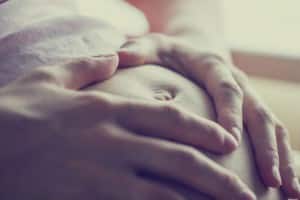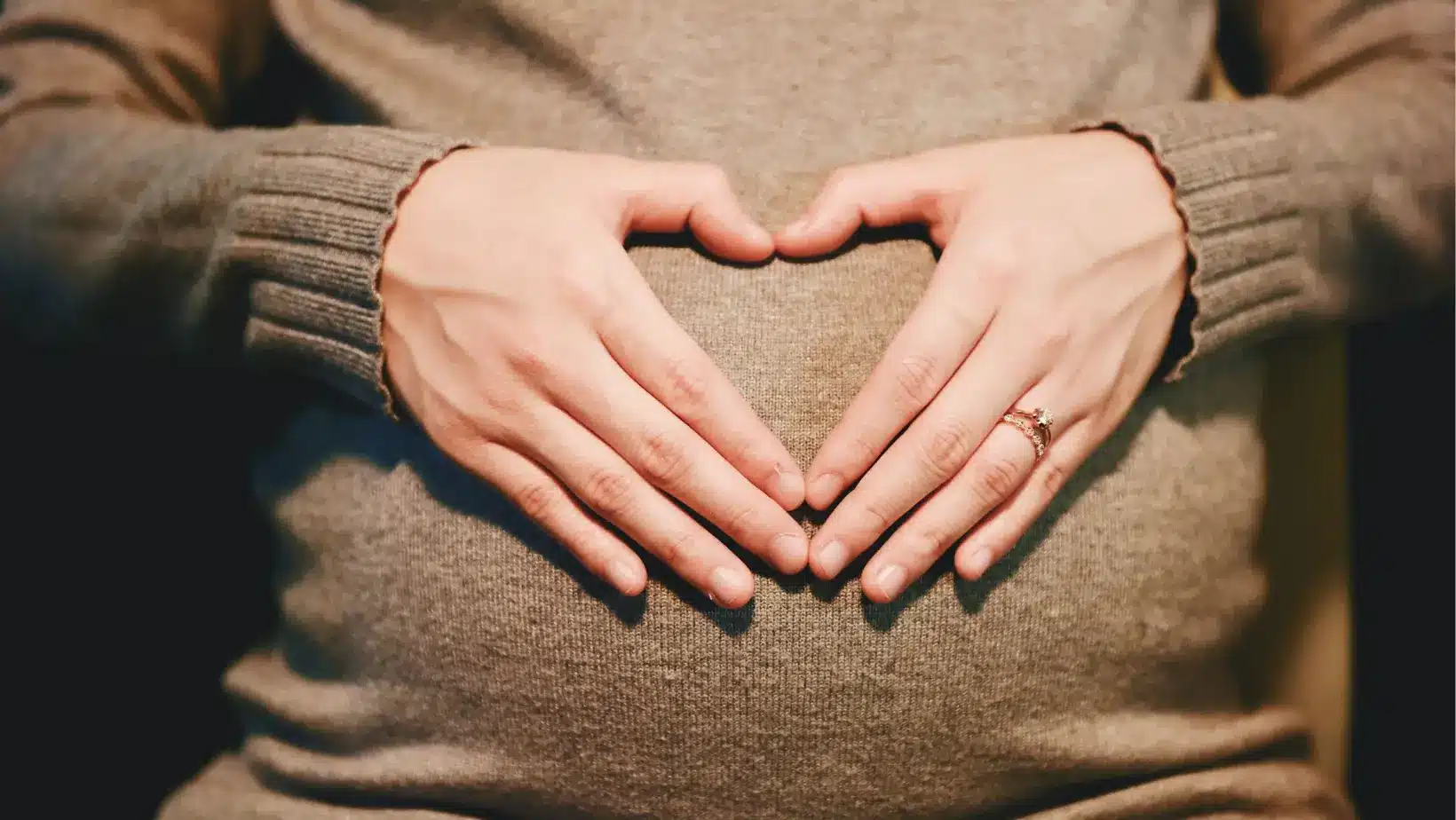Frequent urination starting early in pregnancy can be challenging to manage. However, understanding the underlying reasons for this phenomenon can make it easier to accept and navigate more comfortably. This perspective can be helpful in approaching this common experience during pregnancy.
Better Understanding the Phenomenon
Blood volume, which gradually increases during the first trimester, has an impact on kidney filtration and urinary frequency. The more blood that passes through the kidneys leads to more filtration, increased residue, and an increase in elimination to maintain a fluid balance in the organism. The release of progesterone also dilates the vessels in the body, which carries urine faster to the bladder. In addition to the relaxation of the vessels, there is the relaxation of the pelvic floor muscles, which can function at a lower level and predispose women to urgent urination.
Why do you have to go to the bathroom more at night? Excellent question! Laying down allows you to reabsorb the liquids accumulated in your lower limbs during the day and increases the circulating fluid and the need to eliminate it. Your body is a well-built machine, right? It works hard to maintain its functions in spite of the turmoil caused by pregnancy.

In addition to increased blood volume, a baby is growing in your uterus, which is taking up an increased amount of space and placing pressure on the surrounding organs and structures. These include the bladder, which is found in front of the uterus. In the same sense, if you are constipated (an accumulation of stool in the intestine), there is even less space. The different pelvic floor muscles are also overworked, stretched, and can offer less support (weakening) and continence (retention capacity), given the hormones that relax these muscles. All of this put together means that a pregnant or new mother will have an urgent need to urinate and accidental urine loss, which we call urinary incontinence. This often occurs when making an effort – when a woman laughs, coughs, sneezes, or exerts herself physically.
Status Report
According to the Institut national de santé Publique du Québec, urinary incontinence means ” the involuntary and uncontrollable loss of urine “. It can occur suddenly or gradually. But the severity will always increase over time.
According to the statistics, between 42-53% of pregnant women will have uncontrollable urine loss during pregnancy, and about 33% during the first 3 months after childbirth, and 40% during the first year after delivery. For the general female population, 20-30% of young women have urinary incontinence, which increases to 40% for middle-aged women, and 60% for older women. You can guess what kind of impacts this can have over the long term, and understand why acting today will have both short and long-term benefits.
Types of incontinence:
- Stress (50%)
- Urge (14%)
- Mixed (32%)
- Others (4%)
What is NOT normal:
- A burning sensation when urinating;
- Regular urine or stool loss during pregnancy and the postnatal period;
- Urinary incontinence, even occasional, for more than three months after childbirth.
Research on urinary incontinence:
Several in-depth scientific studies about the topic state that it is essential to intervene early to prevent urinary incontinence but supporting perineal training as a first step. Researchers are clear that pelvic floor exercises and bladder training are more effective than medication. Strengthening exercises will reduce the risk of incontinence after childbirth by 55%. Prevention is better than having to cure because the longer you have urine loss during pregnancy, and after delivery, the longer it will last. Urinary incontinence can be caused by the weakening of the pelvic floor during pregnancy and childbirth, tearing, an episiotomy or abdominal diastasis.
Pelvic floor exercises may seem easy for some, but few women actually contract appropriately and efficiently after only hearing verbal instructions. In contrast, more than 80% of women will have better control if their exercises were clinically supervised. That is why official recommendations promote strengthening the pelvic floor as early as possible during pregnancy and all the way through to childbirth. These exercises should restart during the postnatal period after recovery. The exercises aim at maintaining the expected roles of the pelvic muscles (supporting organs, sexual functions and childbirth), and urine, stool and gas continence (retention) to avoid associated short and long-term inconveniences.
Recommendations from the expert, Marie-Ève.
Suggestions for urine incontinence and pregnant women:
- Take courses about reinforcement and control exercises for vaginal, rectal and abdominal muscles, such as Kegel exercise. Learn how to contract and then relax these muscles properly;
- Takes courses about softening the pelvic floor to prevent tearing during childbirth which will weaken the muscle:

- Get appropriate treatments for stress or urge urine incontinence if the symptoms are present;
- Avoid traditional abdominal exercises during the prenatal and postnatal periods (ex.: sit-ups, which increase pressure on the pelvis). Choose abdominal exercises that target stabilisation and proper posture;
- Avoid impact exercises, such as jumping, jogging, running and aerobics, especially if you have never done them. Even if you trained before pregnancy, these exercises should be avoided during the last trimester, given the baby’s increased weight. The relaxation of the pelvic floor ligaments and muscles limit their normal function. Even if jogging can’t harm the baby, the impact of this exercise can, over time, impact your continence (ability to hold in urine;
- Prevent constipation to avoid pushing on the structures and overworking muscles;
- Choose breathing out and perineal abdominal exercises using straight and elongated postures, as suggested by many authors (more in line with the natural functioning of structures, avoids counter-pressures);
- Choose yoga, swimming, fast walking (based on your own pace);
- It’s better to rest during the first two months after childbirth.
A new mother has just gone through severe stretching of her structures, weakening of the perineum muscle and an increase in the vaginal opening, making her more vulnerable to urine incontinence during the postnatal period. Local swelling, healing of wounds, and surplus liquids in her vascular system will not help her incontinence symptoms.
Suggestions for new mothers:
- Restart perineal exercises after childbirth, even if there was tearing and stitches;
- No traditional abdominal exercises, such as sit-ups. Recommendations call for stabilisation and posture exercises, on a yoga ball, which is more conclusively beneficial for new mothers;
- No impact activities before 6 months, and sometimes longer for some women depending on their symptoms caused by more significant weakening. If you want to start earlier, you should have your capacities and strength checked before…and if you were active during pregnancy, you may get a pleasant surprise!
- Avoid constipation. Make sure you push as little as possible, and increase your consumption of fibres and liquids, especially if you are breastfeeding;
- Consult a physiotherapist specialising in perineal rehabilitation if you have urine incontinence symptoms, pain during sex or bumps in the vaginal area (these can be signs of organ descent) or if you have difficulty contracting. You should also consult if you have a painful scar, fecal incontinence or problems withholding gas, if forceps were used during delivery, if you pushed during childbirth for more than 90 minutes or less than 30 if there was 2nd degree or higher tearing. You should no longer have symptoms after 2-3 months following delivery. Prevention is the best option during pregnancy and after childbirth, so talk to your doctor!
Emotional aspect:
The symptoms you have when pregnant or after childbirth are widespread, but unfortunately, people often hesitate about talking to their doctor, nurse or other people about them. There are solutions out there, and perineal physiotherapy can help and guide you towards optimal recovery.
The consequences of living with this problem are enormous. These types of issues (organ descent, sexual pain, vaginal loosening and fecal incontinence) affect many aspects of a woman’s life. Self-esteem, participation in sexual, sport or social activities can often be affected. But you aren’t alone. Talk about it, as you can get help!
We hope this information can guide you towards wellbeing, and help prevent complications associated with urine incontinence.
Marie Fortier
The Baby Expert


